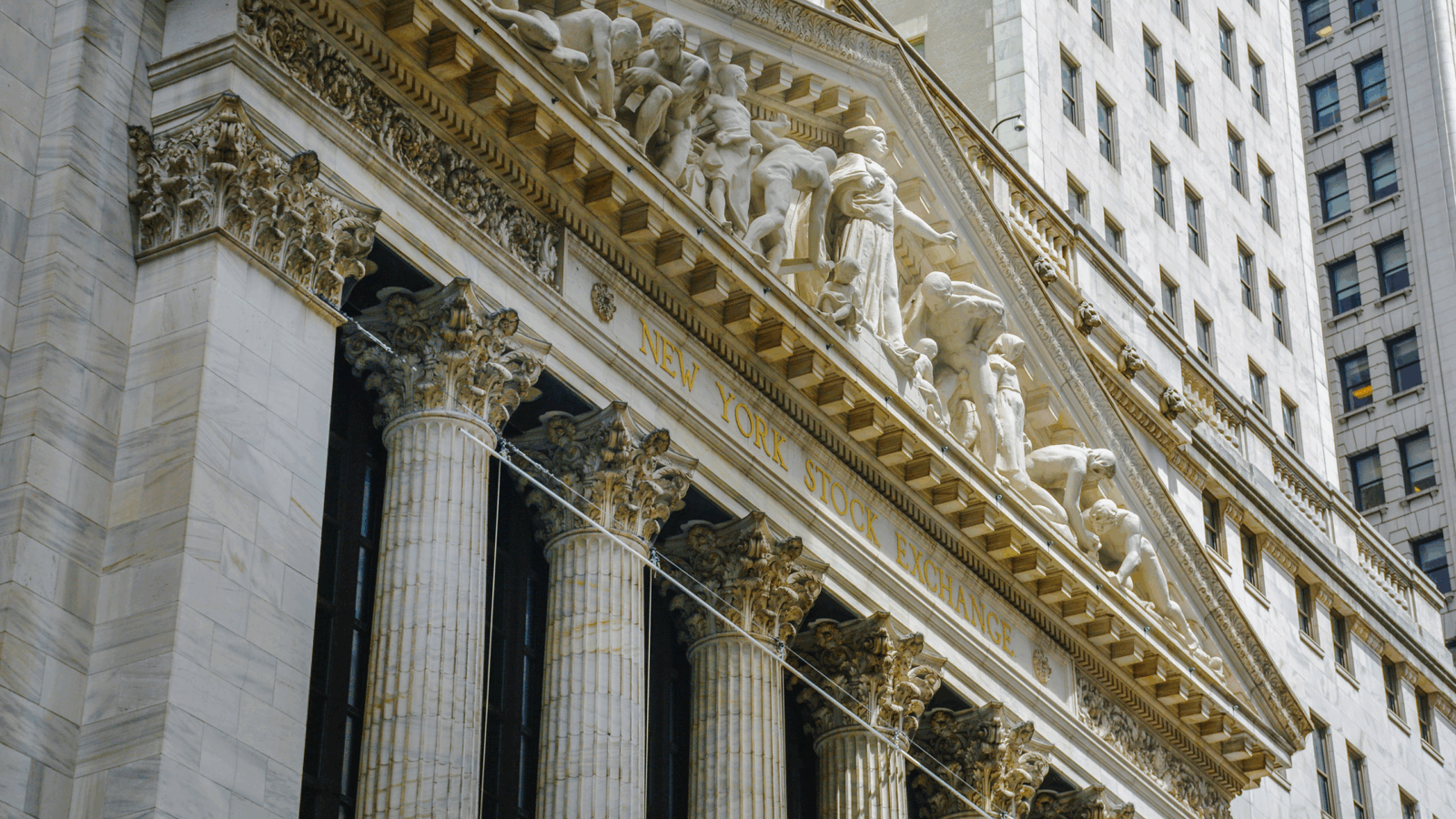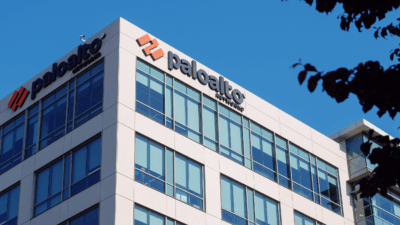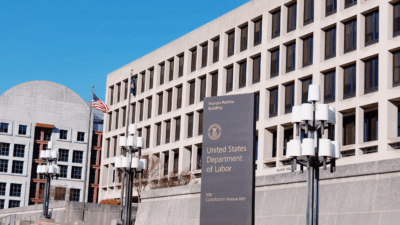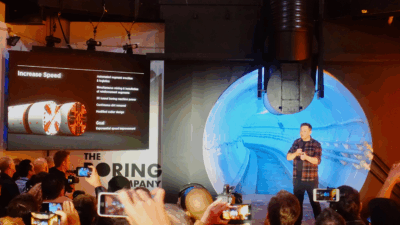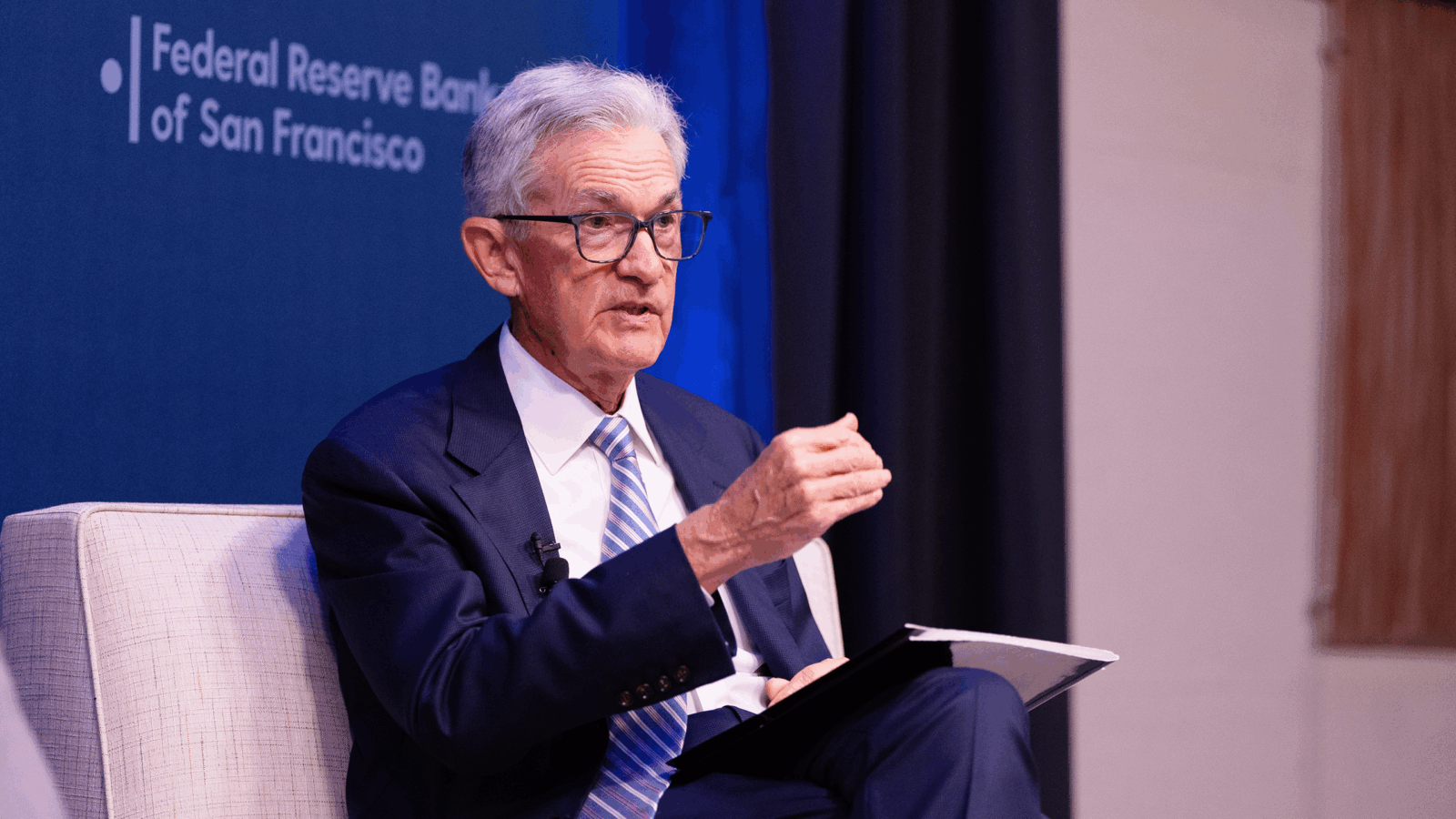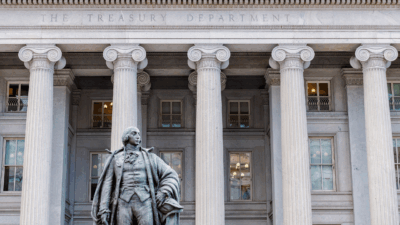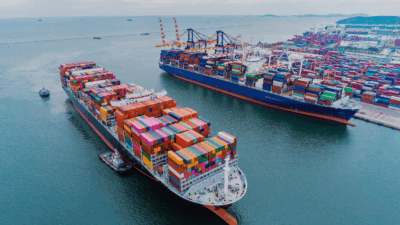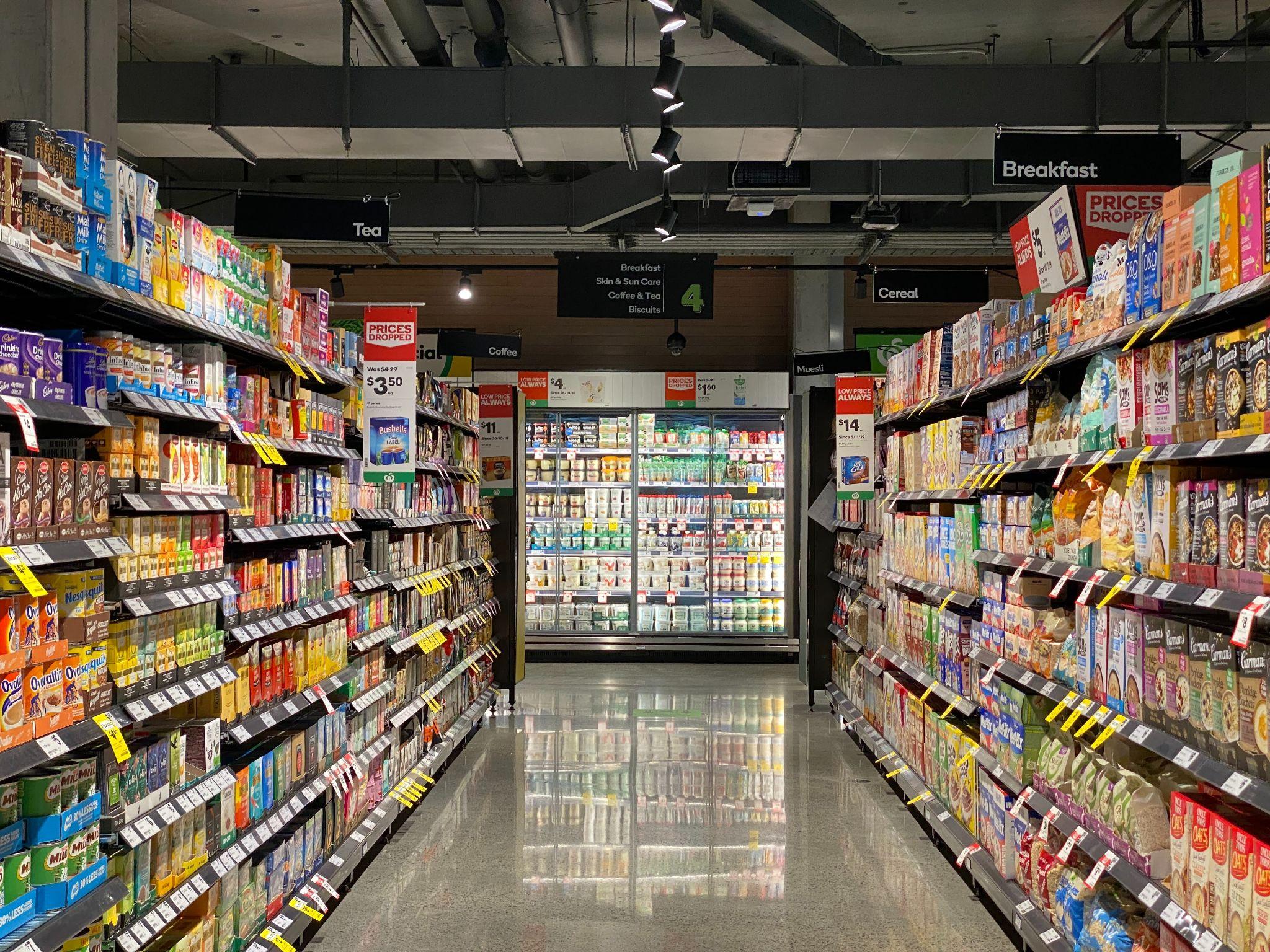
Sign up for smart news, insights, and analysis on the biggest financial stories of the day.
EU policymakers are resorting to a blunt chef knife to keep food prices down.
In the face of the worst cost of living crisis in a generation, policymakers in the EU are at loggerheads over new policies involving price caps at the grocery store. Critics gripe that price caps don’t address the root causes of inflation in addition to putting pressure on businesses.
Food! Glorious Food!
While certain costs like energy have been on a downward trend for the past few months, Europeans are still struggling with high food prices. According to the EU’s consumer price index, the average cost of groceries has jumped nearly 15% year-over-year. One butcher at Budapest’s historic Grand Market Hall told the Associated Press it’s getting to the point where generally cheaper meats like ham and sausage are being considered “luxury food items.”
In response, governments are relying on price caps more than at any time since the mid-1900s. Croatia, which adopted the euro only this year, last month placed caps on foods including chicken, pork, and milk. In March, French retailers didn’t settle on specific caps, but did agree to bring their prices to the lowest possible level for some basic items. Spain cut sales tax on products like cheese, cereal, and eggs entirely.
Food is expensive, and the government says, “make it less expensive,” but that doesn’t quite address the bigger issues at play and can leave businesses worse for wear:
- In food retail – where margins are already low – price caps mean shops run the risk of negative margins i.e. they’re selling products for less than they bought them for. Lars Jonung, a Swedish economist, told the Financial Times, “As an instrument to reduce inflation, price controls do not work. But they are addictive and it’s difficult to kick the habit.”
- Price caps have not turned out well in the past. In 1985, Peruvian President Alan Garcia took office and issued price caps on sugar, rice, and other goods, but that paved the way for shortages and the emergence of black markets. His presidency ended with the country in a state of hyperinflation.
In the past, caps have also led to poorer quality food. During WWII when America began rationing all sorts of products, the meat industry was the center of what NPR’s Planet Money calls Skimpflation. Ground beef was fattier, steaks had more bone than meat, and sausages essentially just became hotdogs in a fancier package.
Crying over spilt milk: Over in the UK, retailers’ mark-up on milk has hit a 30-year high. Since the late 2000s, the average cost for a pint of milk fluctuated between 40 and 45 pence, but it’s been skyrocketing the past year and now sits at roughly 70 pence, according to the Office of National Statistics. Some consumers and economists view it less as a natural change in a tough economy and more as ruthless price gouging. Paul Donovan, chief economist at UBS Wealth Management, told the FT that the mark-ups are prime examples of “profit-led inflation.” Despite their shortcomings, Brits are likely wishing for some price caps of their own right about now.
